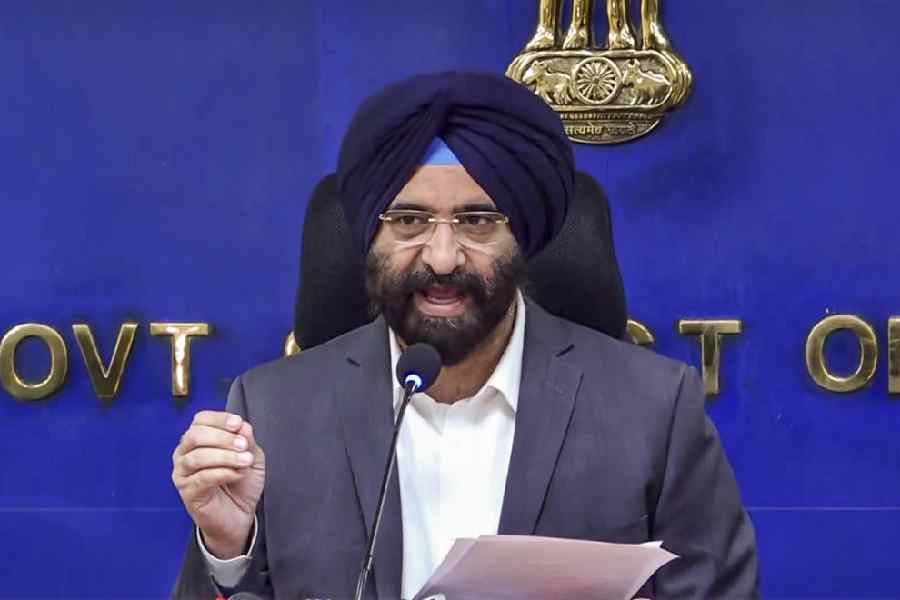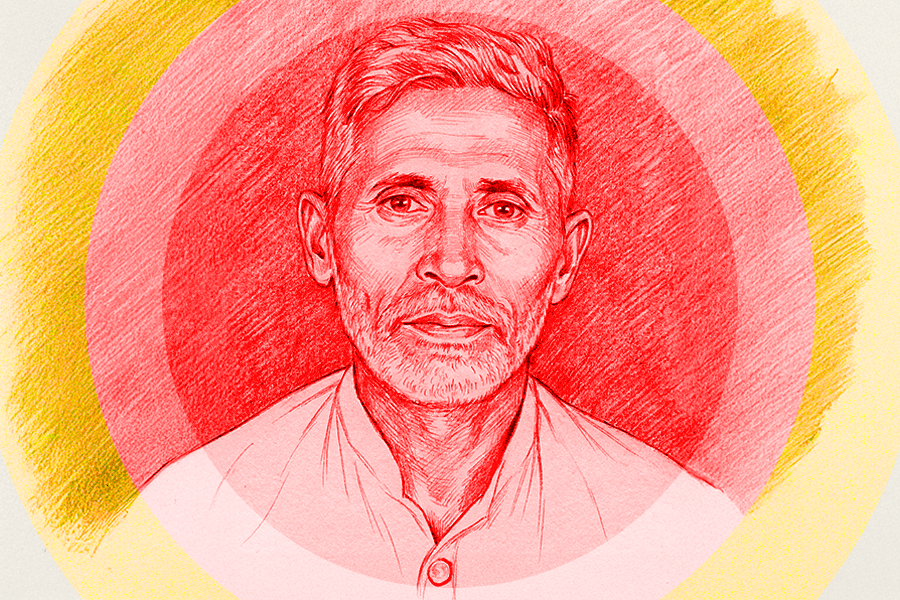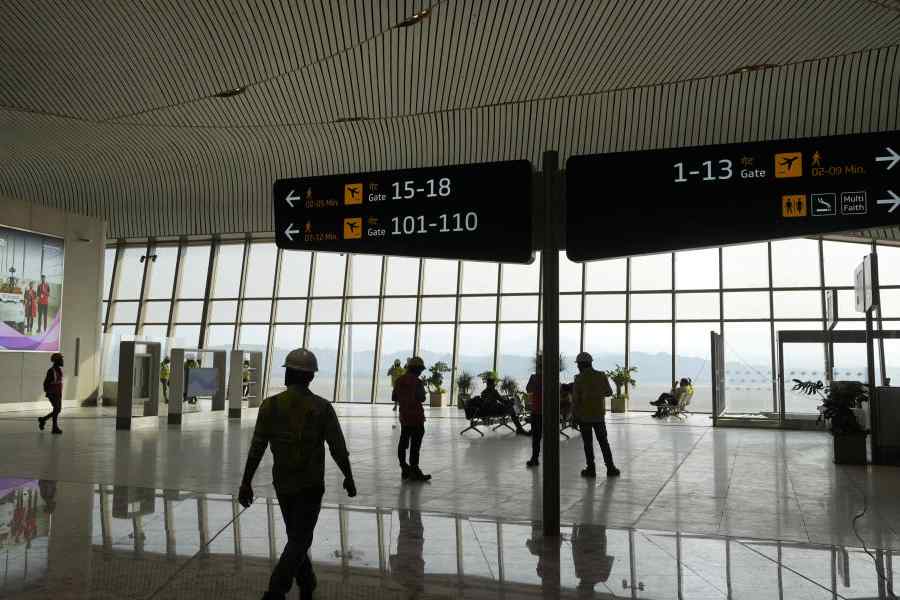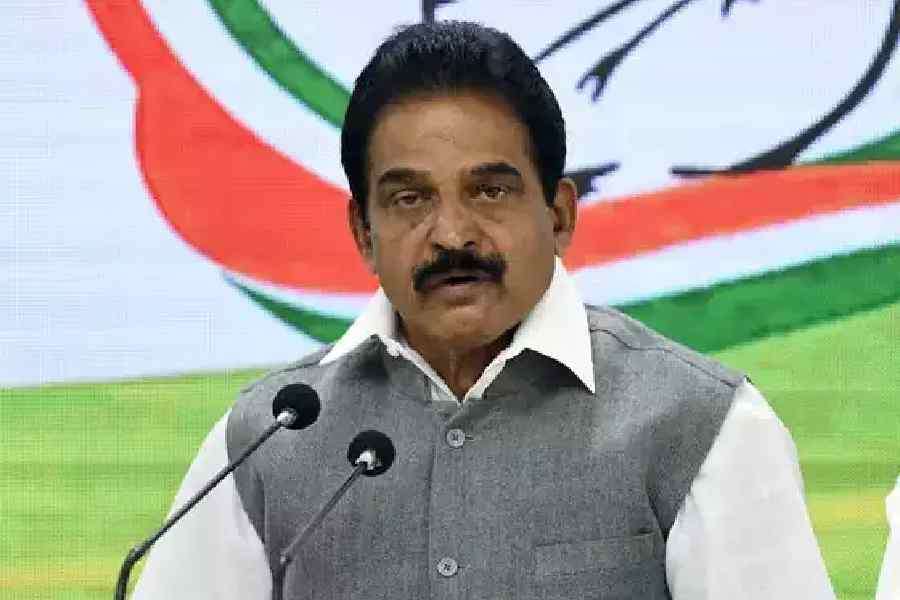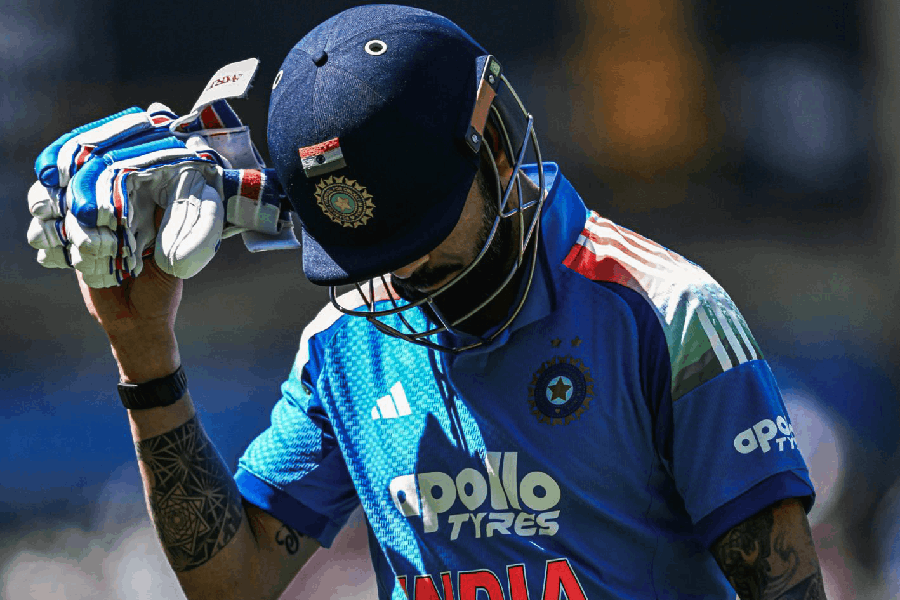 |
New Delhi, June 23: The proportion of fatal road accidents has been rising sharply in India over the past decade despite a fall in the rate at which accidents are increasing, suggesting higher speeds are probably making accidents deadlier.
The average annual growth in the number of accidents dropped from 4 per cent during the 1990s to 1.9 per cent over the past decade (see chart). But the proportion of fatal accidents rose from 18 per cent in 2003 to 25 per cent in 2012, an analysis by the Centre for Science and Environment (CSE) has shown.
“These numbers suggest that traffic accidents in India are becoming more violent,” said Anumita Roychowdhury, the CSE executive director who heads the transport studies section at the non-government environment-watch group.
The analysis, presented at a CSE conference on traffic accident trends in major Indian cities, suggests that traffic accidents are becoming deadlier because cities are allowing vehicles to run faster while depriving pedestrians and cyclists of safe road space.
Using Delhi’s roads as an example, the analysis has found that flyovers and unsafe road junctions — those with inadequate safety measures such as zebra lines and properly placed and functioning traffic and pedestrian signals — are the most accident-prone zones.
A review of 128 accident-prone spots in Delhi shows that 40 per cent are near flyovers and 30 per cent at unsafe junctions.
“The obsession with seamless, signal-free travel for motorised vehicles through flyovers, expressways and elevated roads is disrupting the shortest possible routes for pedestrians and cyclists,” Roychowdhury said in a media release.
A study of road traffic along a flyover near the All India Institute of Medical Sciences, New Delhi, by the Indian Institute of Technology, New Delhi, has shown how flyovers can raise motor vehicle speeds.
After the construction of the flyover, the average speeds of trucks increased by an average 21.5 per cent on and near it, the study found. The speeds of cars, three-wheeler auto-rickshaws and two-wheeler motorbikes increased by 22.6 per cent, 15 per cent and 31.6 per cent.
Geetam Tiwari, a transportation researcher at IIT Delhi, carried out the study last year. He also calculated that the probability of a pedestrian fatality with the higher speeds of trucks, cars, three-wheelers and two-wheelers increased by 67 per cent, 100 per cent, 100 per cent and 200 per cent.
While city authorities have built pedestrian underpasses or overbridges over roads carrying fast-moving vehicles, the IIT Delhi survey suggests that only one in five persons chooses to use an underpass to avoid crossing a road through traffic.
Tiwari’s study suggests that pedestrians make up 60 per cent of road fatalities in India.
Delhi accounted for over 400 pedestrian deaths in road accidents in 2012, the highest in the country. Calcutta and Mumbai, each with over 250 dead pedestrians, came second and third.
Delhi’s cyclist fatalities too were the highest in 2012, followed by Chennai, Lucknow, Calcutta and Nagpur.
The CSE has called for government initiatives to reduce speed limits in cities to 30kmph.
“Keeping cyclists off certain stretches of city roads isn’t a good solution,” Roychowdhury said. “City authorities need to calm traffic —slow down motorised vehicles and ensure safe crossings for pedestrians and passageways for cyclists.”
Reducing speed is only part of the solution. A trauma care specialist at the conference said India would also need to strengthen its ambulance networks and ensure that adequately qualified paramedical staff are the first responders to trauma victims.
“A city the size of Delhi would need about 450 to 500 ambulances strategically located near accident hotspots and well-defined plans of moving to trauma care centres,” said Amit Gupta, a trauma surgeon at the AIIMS, New Delhi.
Delhi’s trauma services network has about 250 ambulances.
Harman Sidhu, a delegate at the conference representing a non-government organisation in Chandigarh called Arrive Safe, has moved court to shift liquor shops away from national highways.
Sidhu has counted 185 liquor outlets along a 291km stretch of a national highway from Panipat to Jalandhar.
“When liquor is available in abundance, drivers and even cyclists might be tempted to stop for a drink,” Sidhu said.


